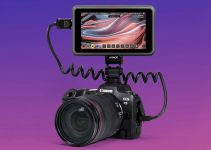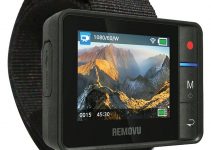Another new camera, another new comparison. This time we are taking a closer look at the Canon R5 C which was just released a few weeks ago. While most of the imaging pipeline is relying on existing tech from the original R5 which we are familiar with there are some tweaks and updates taken from Canon’s Cinema EOS line that may result in slightly different image quality.
Today, we are going to check out how the R5 C holds up in dynamic range as the guys at ProAV TV put together a nice comparison between it, the R5, the C70, and even the Sony a7S III.
This is actually a series of tests that ProAV TV is planning to do with the R5 C. They are starting with the all-important dynamic range. Their test involves over and underexposing some footage and performing corrections to see how well the footage holds up.
Normally they stick to using the aperture with supplementary adjustments to shutter speed. It’s a very practical and effective test of how the camera holds up.
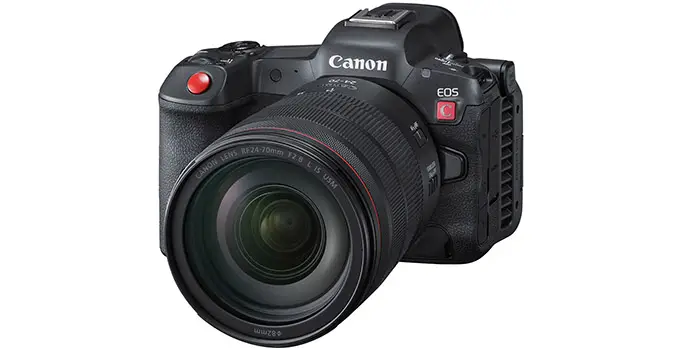
Image Credit: Canon
In this test, since they are using so many different cameras, they are sticking to just the min and max tests of 4 stops over and 4 stops under.
Starting off with the R5 C next to the R5 we see some similarities. At 4 stops over both are clipping the face, though maybe there is a touch more information in the R5 C. Now, at 4 stops under you can see a difference as the R5 has a lot of magenta noise which doesn’t show in the R5 C. This is likely a change in how the image is processed.
Another reason that the R5 C seems to perform better than the R5 is the codec. The XF-AVC on the R5 C seems to look better and more natural at these extreme settings. It holds up better. The R5 C seems to have a larger usable dynamic range than the original R5.
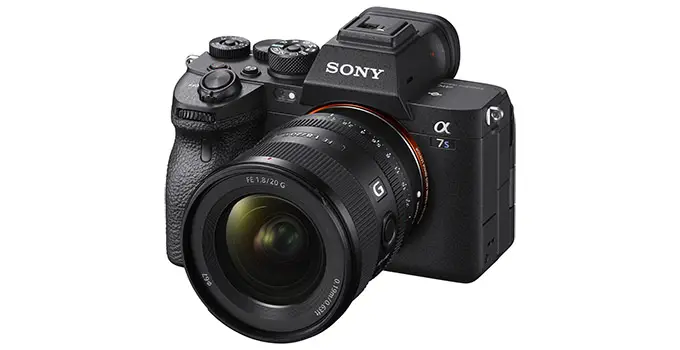
Image Credit: Sony
Next up is the R5 C up against the a7S III and the C70. These are three very different cameras. Immediately, you will see a lot more detail in the overexposure test. The face just holds on to more detail, it could be because of the different curve of S-Log3 vs Canon Log 3.
With the C70, you see a little more clipping than the others. This might be cause we are in C-Log3 instead of C-Log2, which just might squeeze out more dynamic range with the C70. The C70 does have a larger dynamic range on paper. In terms of more subjective comparisons, the a7S III definitely holds on to more detail, but it does appear a little less natural when corrected.
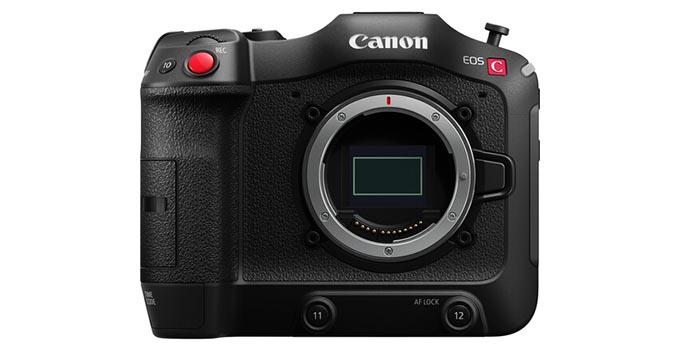
Image Credit: Canon
With under exposure, the C70 seems to take the lead with performance. It looks way more natural when corrected. It’s noisy still, but the levels are more natural feeling. The a7S III and R5 C have a more distinct, digital look with horizontal noise bands. The Dual Gain Output sensor of the C70 seems to be saving the day here.
Now for the fun part, comparing to the old 1D C. At four stops over the 1D C is just gone with no detail at all in the face. Beyond that even the background is failing in maintaining accurate color. In under exposure, it is a similar picture with unnatural-looking colors and skin tones. The 10 years since the 1D C do show that technological advancements in the R5 C are huge.
Overall, the R5 C is doing an incredible job with dynamic range. It appears to be pushing the written rating of 14+ stops for sure when shooting in Canon Log 3.
What did you think of this test? Do you agree with their analysis?
[source: ProAV TV]
Order Links:
- Canon EOS R5 C Mirrorless Cinema Camera (B&H)
- Canon EOS R5 Mirrorless Camera (B&H, Amazon)
- Canon EOS C70 Cinema Camera (B&H)
- Sony a7S III Mirrorless Camera (B&H, Amazon)
Disclaimer: As an Amazon Associate partner and participant in B&H and Adorama Affiliate programmes, we earn a small comission from each purchase made through the affiliate links listed above at no additional cost to you.


